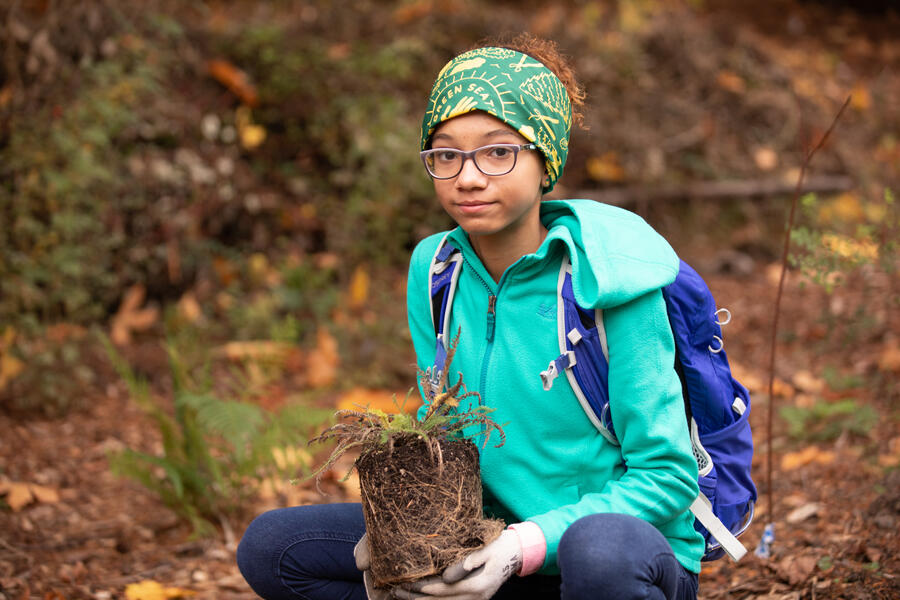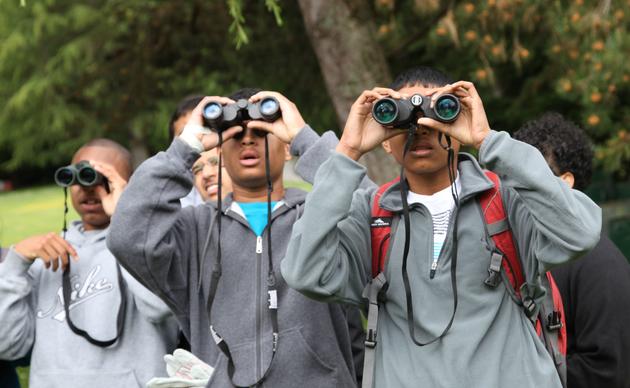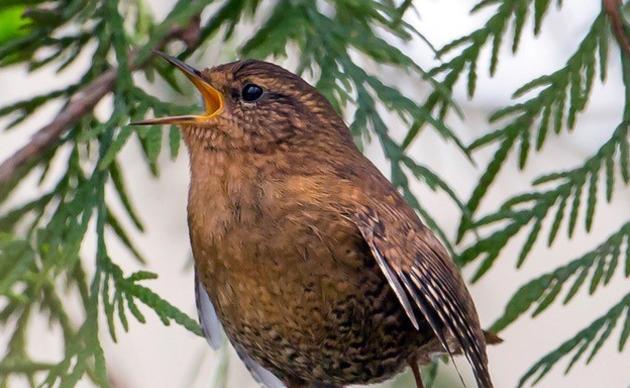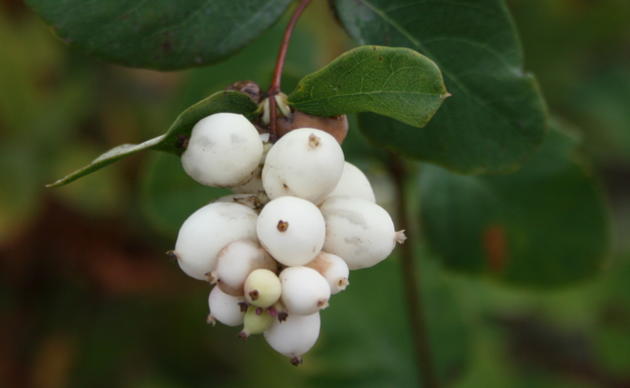at is Urban Forestry and Tree Canopy Coverage?
The care and management of tree populations in urban settings is known as Urban Forestry. Urban forestry has the goal of improving the urban environment for all that live there: birds, animals and people. Seattle’s urban forests consist of trees, understory shrubs and herbaceous plants of varying ages that contribute to a healthy ecosystem and are considered an economic asset. Many Seattleites recognize the importance of urban forestry and volunteer their time and effort to keep our urban forests and the canopy cover they provide vibrant and healthy.
The area of urban forest in a metropolitan area is measured by Tree Canopy Coverage.
How does Seattle calculate its Tree Canopy Coverage?
Total area of the City of Seattle including water 91,776 acres
Area of water within the city boundary -38,271 acres
Total area without water =53,505 acres
15,167 acres (total area of tree canopy) / 53,505 acres = 28% Tree Canopy Coverage
Why is Tree Canopy Coverage Important?
Millions of migratory birds depend on northern forests for nesting, breeding and family raising.
Many species of animals depend on forests for food, water, shelter, and protection.
Humans need forests as places of refuge and stress relief.
Climate change has exacerbated the Urban Heat Island Effect; during heat waves urban heat island areas (areas with little canopy cover) can have evening temperatures 20 degrees warmer than areas with tree canopy coverage. Many people die from heat-related issues when they cannot escape to cooler locations.
Disparities Apparent in Communities of Color and Tree Canopy Coverage
Low-income areas and areas where people of color live tend to have less tree canopy cover than the rest of Seattle: 20% canopy coverage compared to 28% city-wide.
Affluent areas and predominantly white areas have substantially higher tree canopy whereas low-income housing areas have very little coverage; they are: hotter, dryer, less bird-rich, and less aesthetic= more stressful places to live.
Issues Regarding Seattle Tree Canopy Health
Continued heat stress and drought stress from 2014 to the present have weakened the ability of trees to withstand: insect infestations, fungal infections, viral and bacterial attacks. More and more trees are succumbing and dying as a result.
Demand for housing has encouraged developers to ignore guidelines and consider fines (when imposed) when penalized for cutting “exceptional trees” (30” DBH) as “the cost of doing business”; then passing that cost on to housing developers, who pass it on to homebuyers, renters, etc.
Greed on the part of property owners desiring to increase the value of their property during the current “housing bubble” has resulted in trees being cut to improve views even when those trees are not on the owner’s property.
Learn More and Get Involved
Seward Park Audubon Center is a member of the Green Seattle Partnership. Created by Seattle Parks and Forterra, the Green Seattle Partnership and its band of forest stewards conduct reforestation projects in parks across Seattle, including Seward Park. The projects are ongoing throughout the year and emphasize the role of community members to join in. Visit the Green Seattle Partnership website and find opportunities for you to help protect our urban canopy and keep Seattle Green.

How you can help, right now
Get Involved
We rely on the talents of our volunteers to promote the efforts of the Center. Whether you're a budding naturalist or an organized decision-maker, we need you!
Get Native
Incorporating native plants into your yard or balcony garden provides important habitat for birds and promotes biodiversity.




